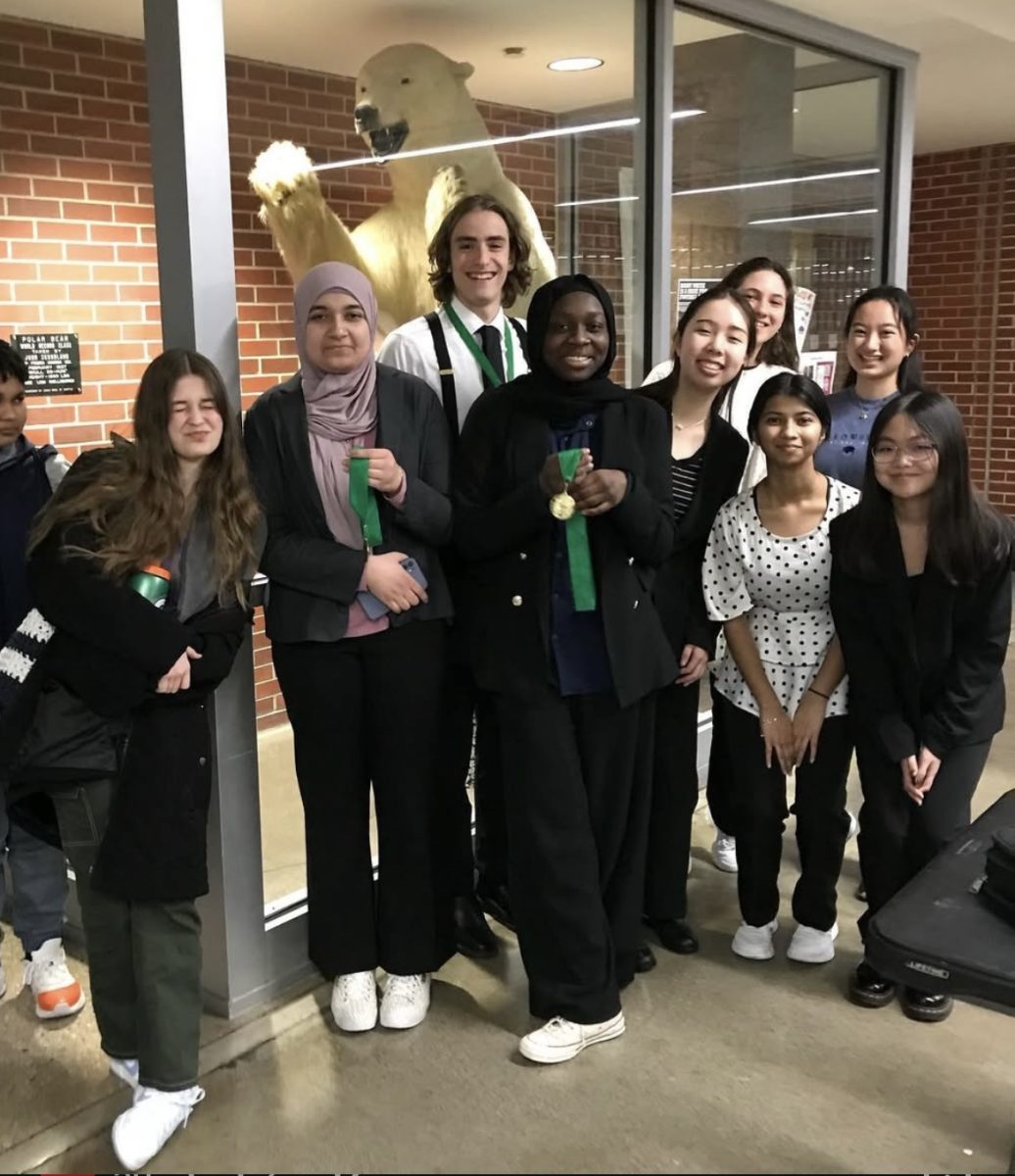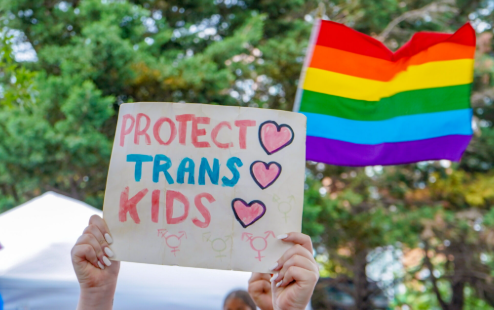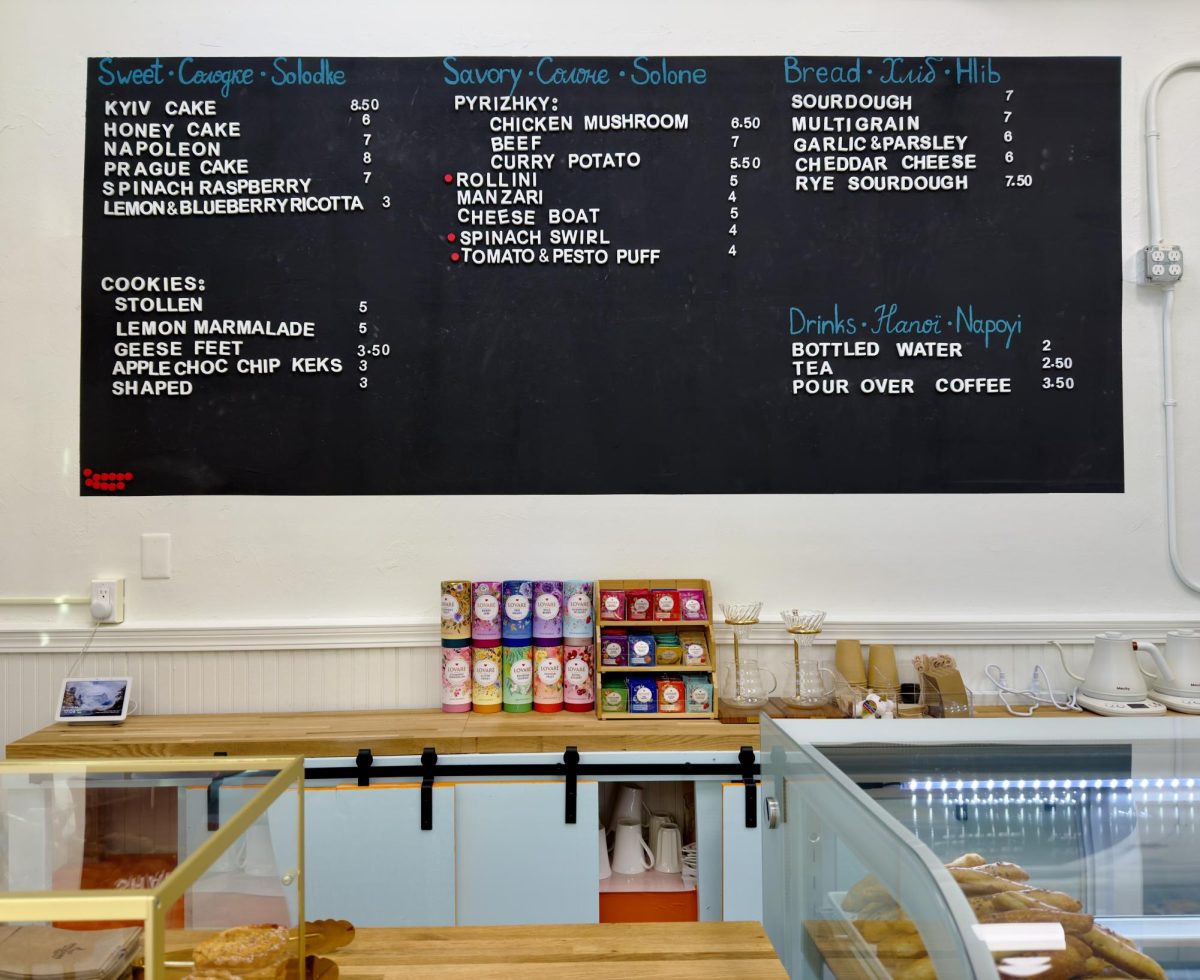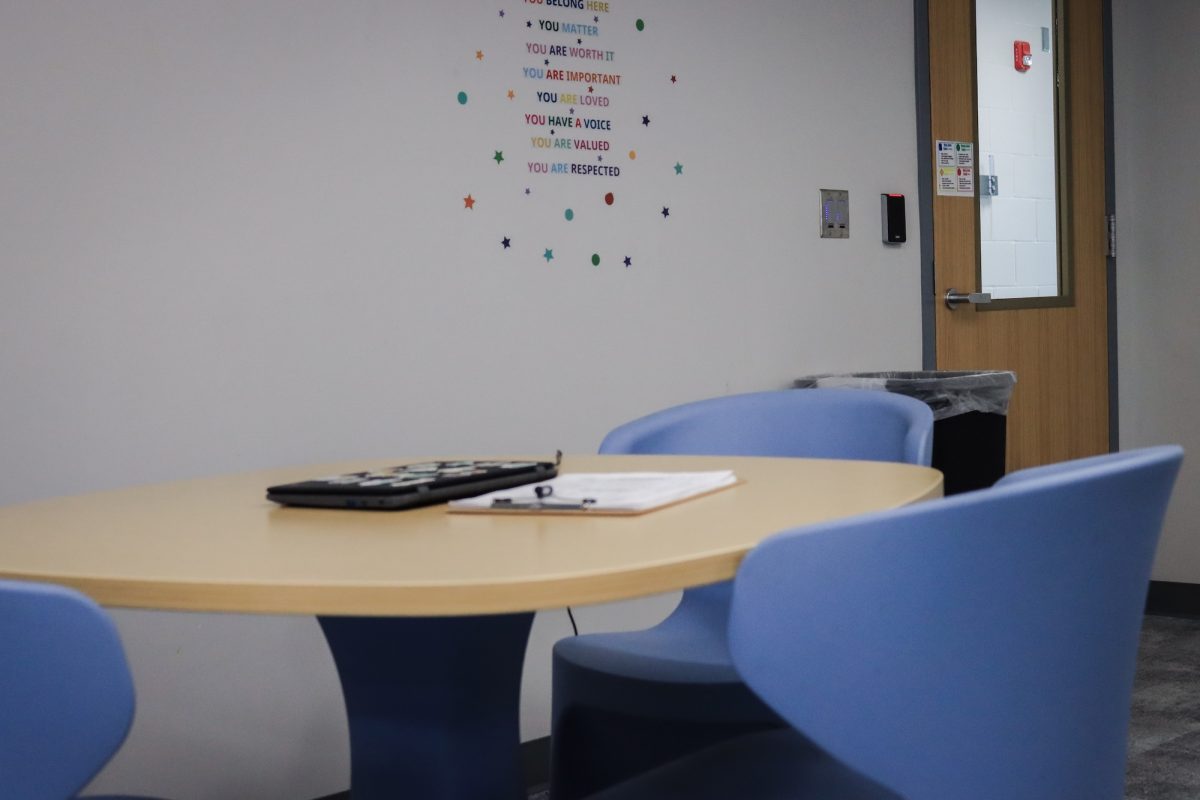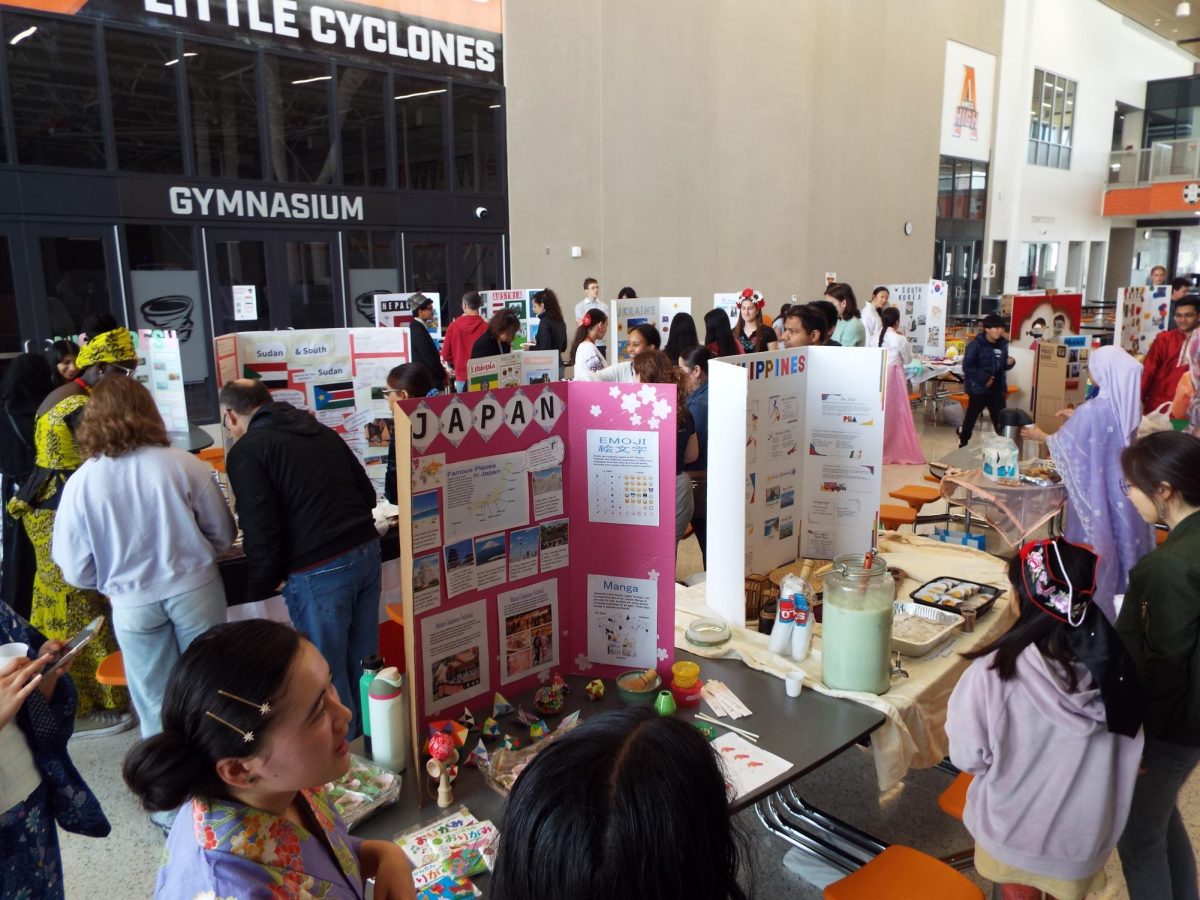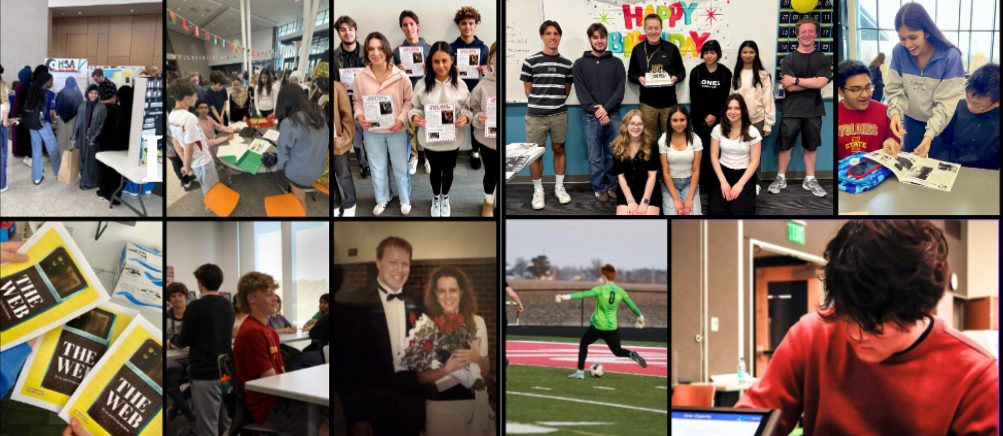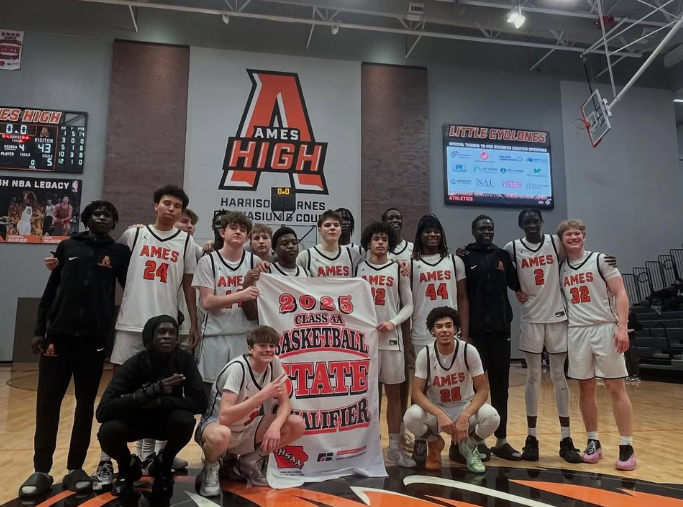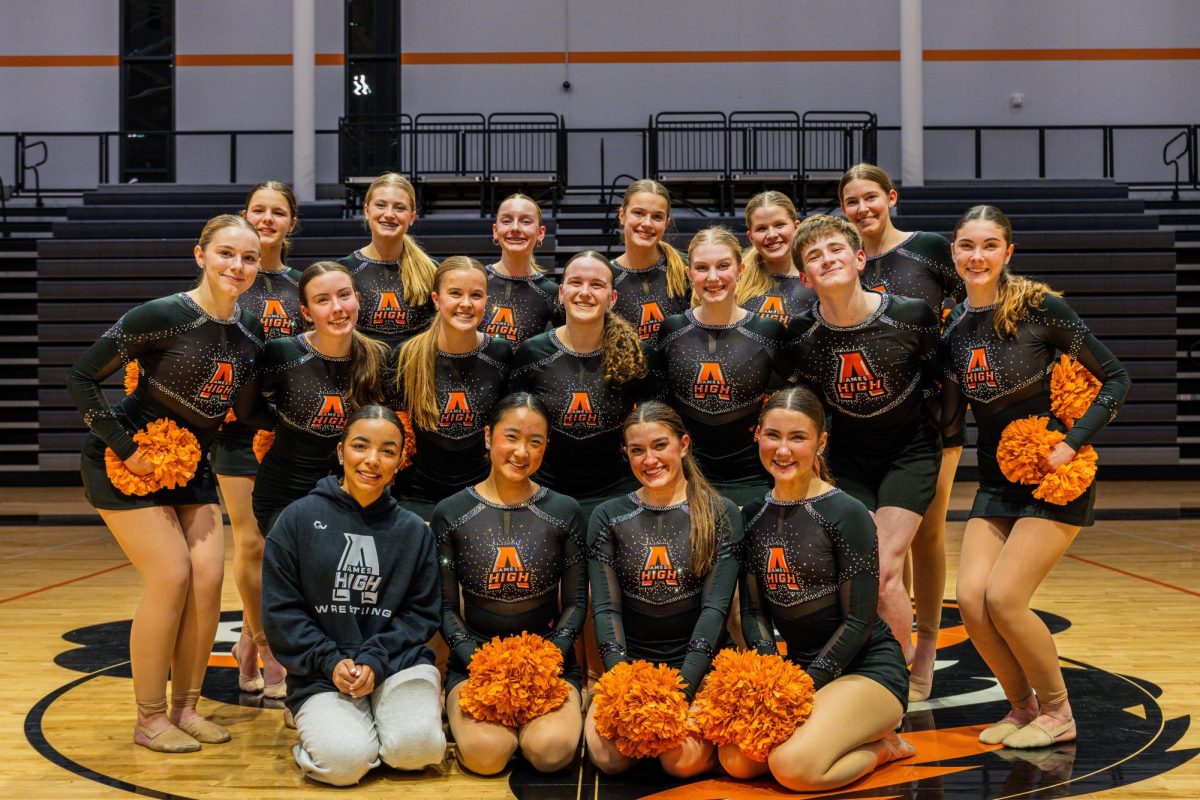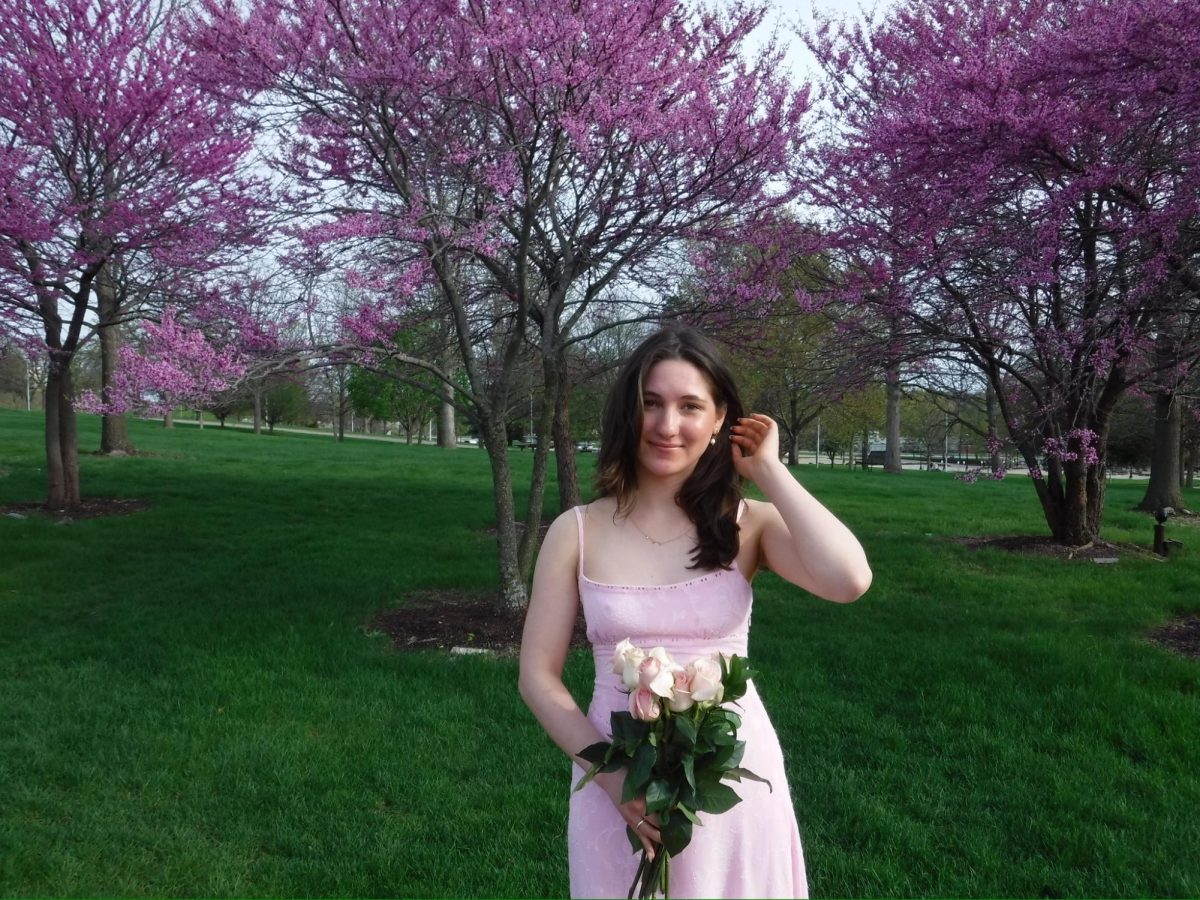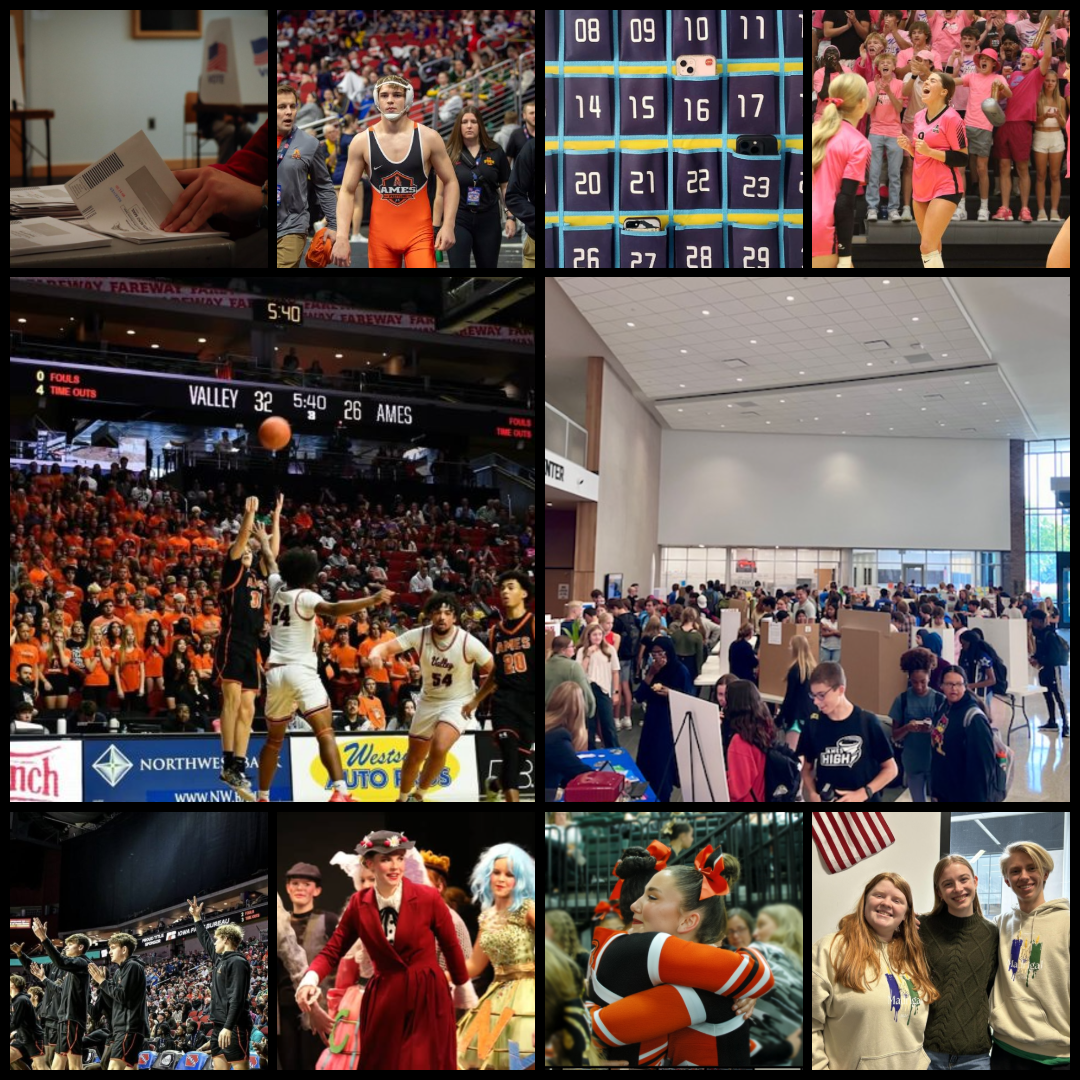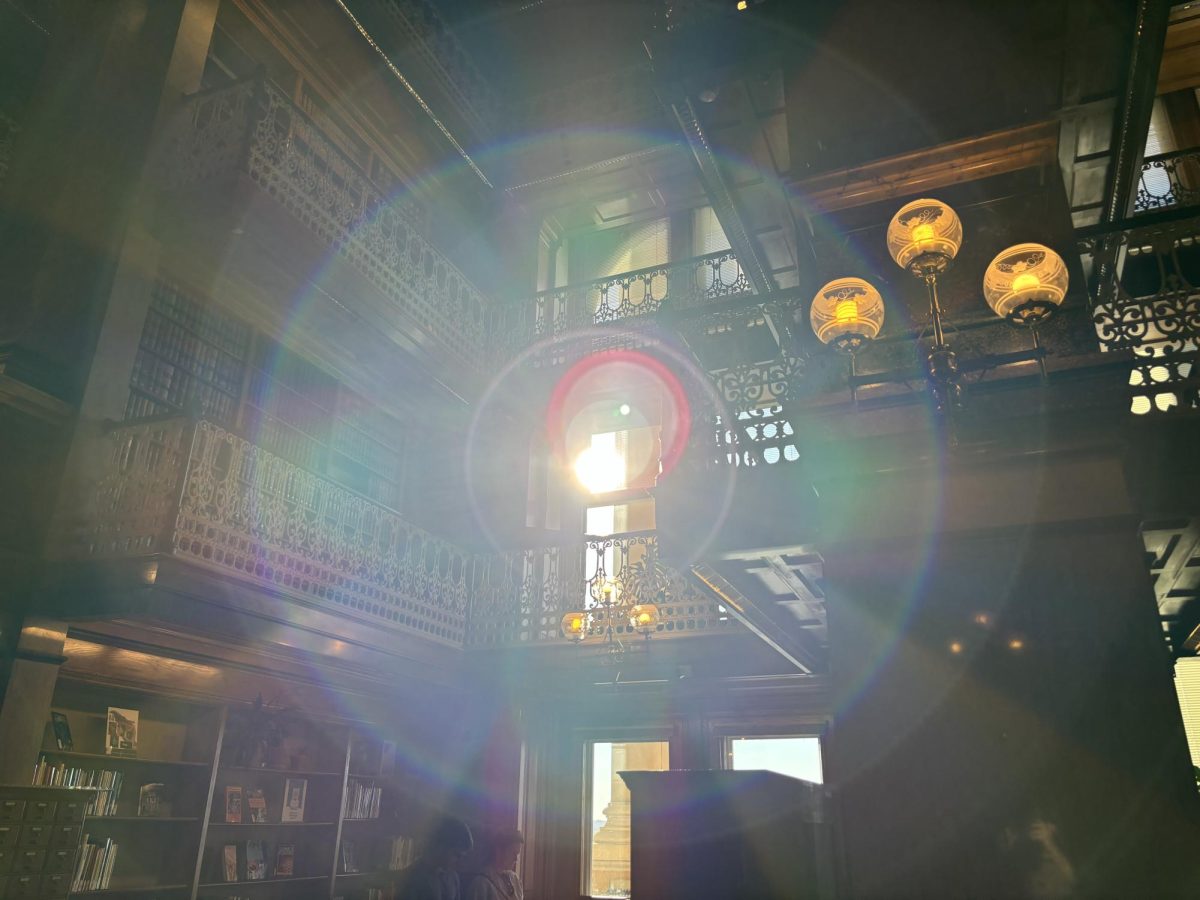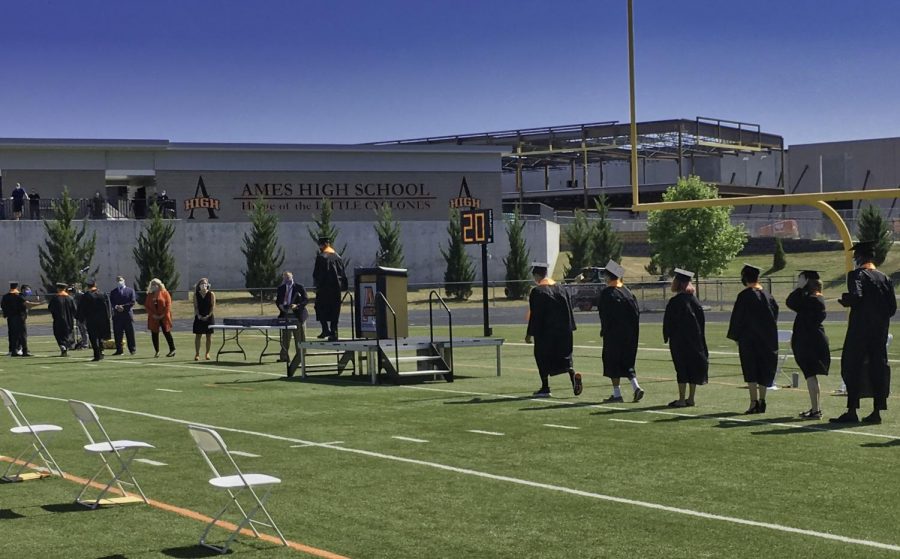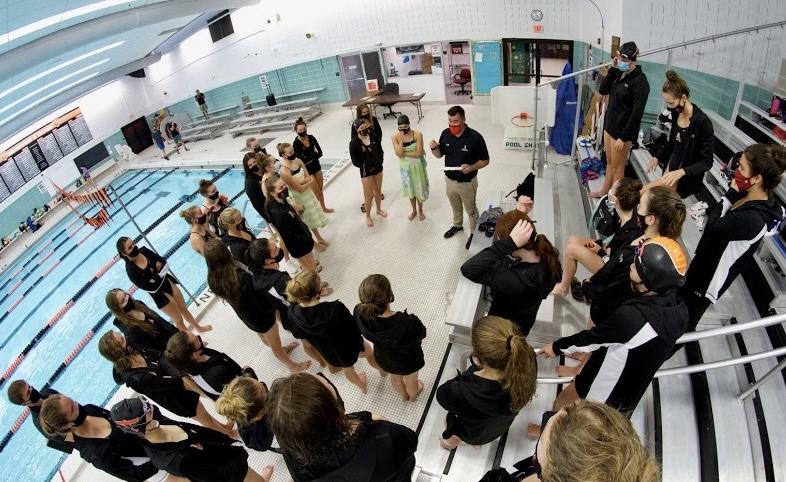While numerous women in America achieve âperfectâ bodies by receiving surgeries such as liposuction and botox, Asian women bear another insecurity they wish to fix. Since the late 1970s, eyelid surgery has become the breast implantation of Eastern Asia. Technically known as blepharoplasty, the procedure costs around $3,500 and involves the removal of upper-eyelid fat and indentation of a crease. Oriental Asians naturally lack this crease, due to the absence of a levator muscle that holds the crease up. Even though the surgery has advanced technologically over the years, recovery from the eye lift can still be painfull. Another extreme women are willing to explore â applying glue to the eyelid and using a mini-fork to stick the skin into place to create a similar effect. This may be part of a morning routine for many women along with the application of make up. In fact, many stores in countries like Japan and Taiwan distribute special glue and pre-cut tape just for this purpose. Although many Asian women say their goal isnât to look more Caucasian, they do admit to wanting a prettier face with fuller, brighter eyes. But who is to say, ethnically, what pretty is? The modern standards of beauty have become westernized, resulting in many negative effects on young women. Since the most noticeable way ethnic Asians differ from Caucasians is the appearance of the eyes, this becomes a target for correction. Junior Anda Tanaka, who is half-Japanese, remarks on the controversy that this cosmetic surgery has sparked. âI could never support something like this. It may change your surface, but you can never erase your inner ethnicity,â she says. âAsian eyes are beautiful, and once Asians emerge more into the media, there wonât be as much emphasis on white beauty.â Throughout history, many races have been discriminated against, which is mainly why the demand for blepharoplasty has highly increased. As soldiers in the military were traveling in Asia circa 1970, Vietnamese women wanted to attract their attention by creating this look. While reminiscing on prejudices of the past, it is easy to remember the various caricatures which dramatized the Asian eye, adding yet another reason for someone to consider the surgery. Junior Angel Yu, a native of China, provides another outlook. âI donât think itâs wrong as long as it doesnât influence others,â she says. âPersonally, I wouldnât want to change my look, but I could see why others might.â Both Yu and Tanaka agree that blepharoplasty is a result of the mediaâs influence in Asian cultures. While extremely normal and popular there, it isnât very well known amongst the students of Ames High, some of which gawked upon being told this information. So who is to say what kind of cosmetic correction is morally wrong, when plenty of girls here in Ames artificially tan every week? Maybe all of us desire a different racial look after all.
Categories:
Botox, nose job, lipo, and…an eye lift?
Sofiya Hupalo
•
January 25, 2007
Story continues below advertisement
0
Donate to The WEB
$200
$450
Contributed
Our Goal
Your donation will support the student journalists of Ames High School, and Iowa needs student journalists. Your contribution will allow us to cover our annual website hosting costs.

